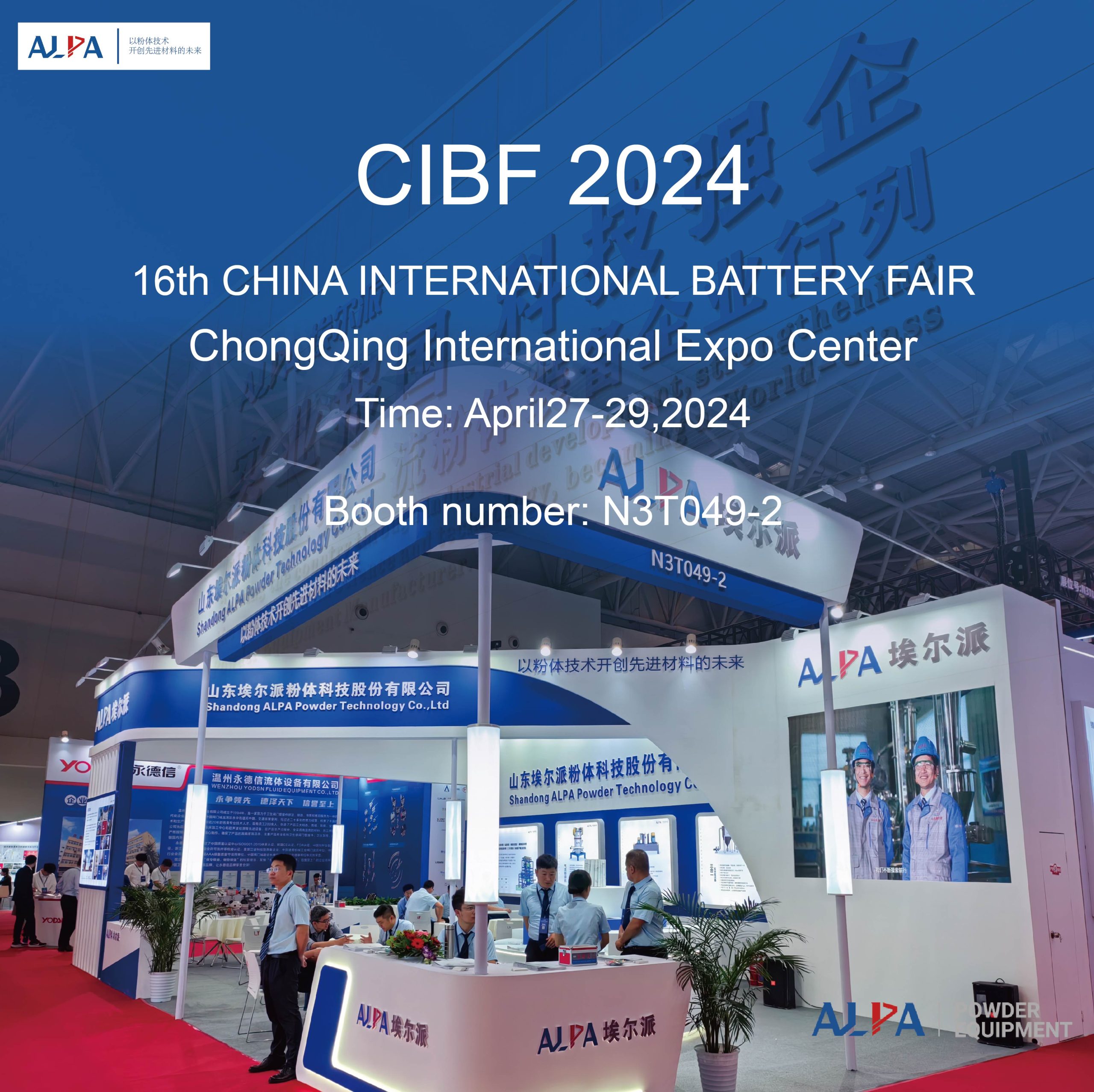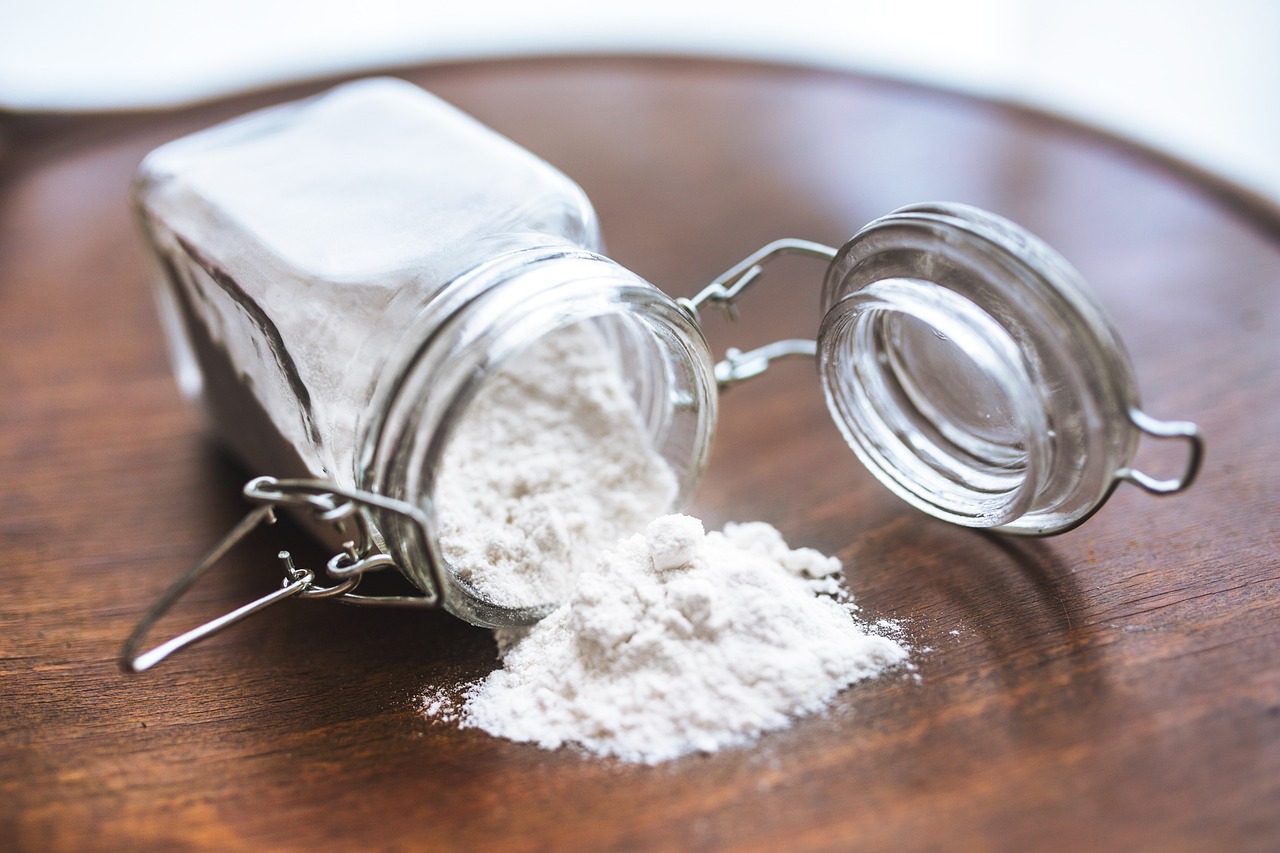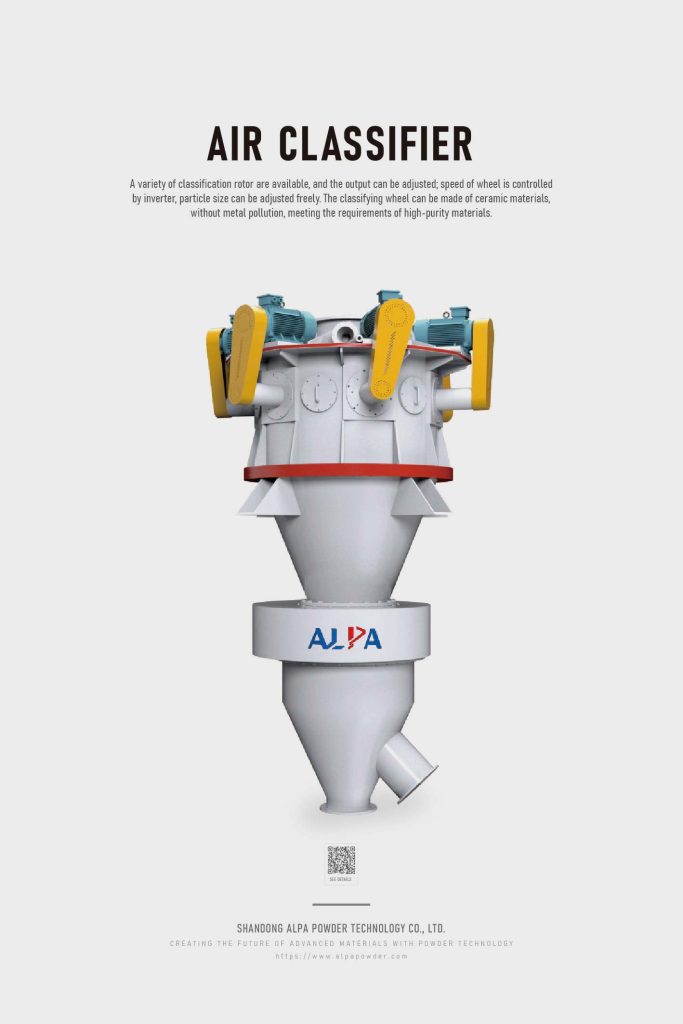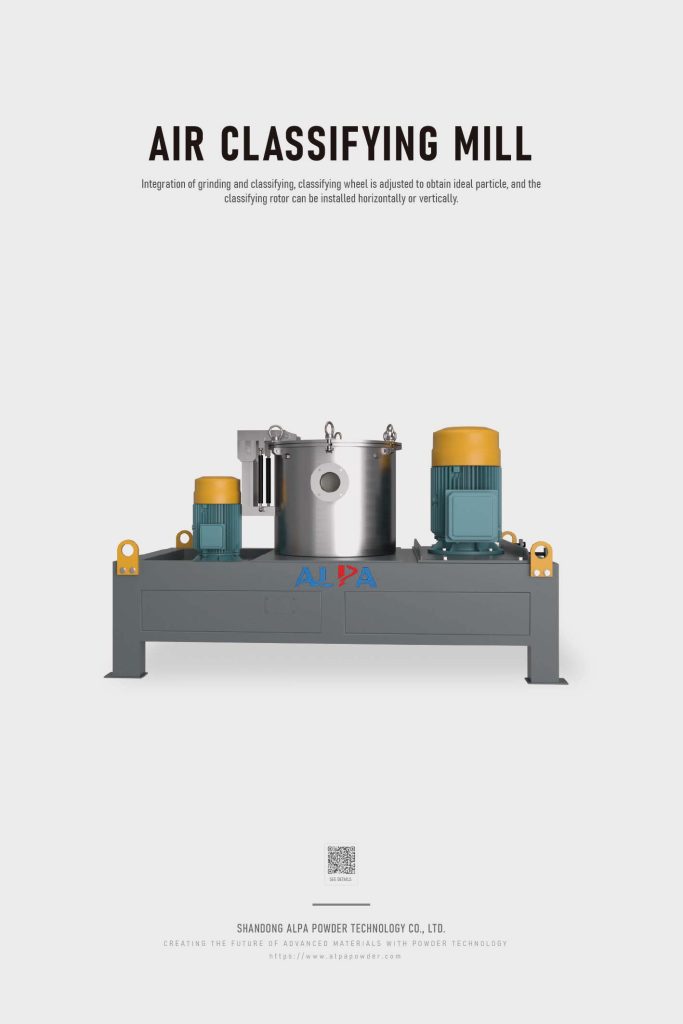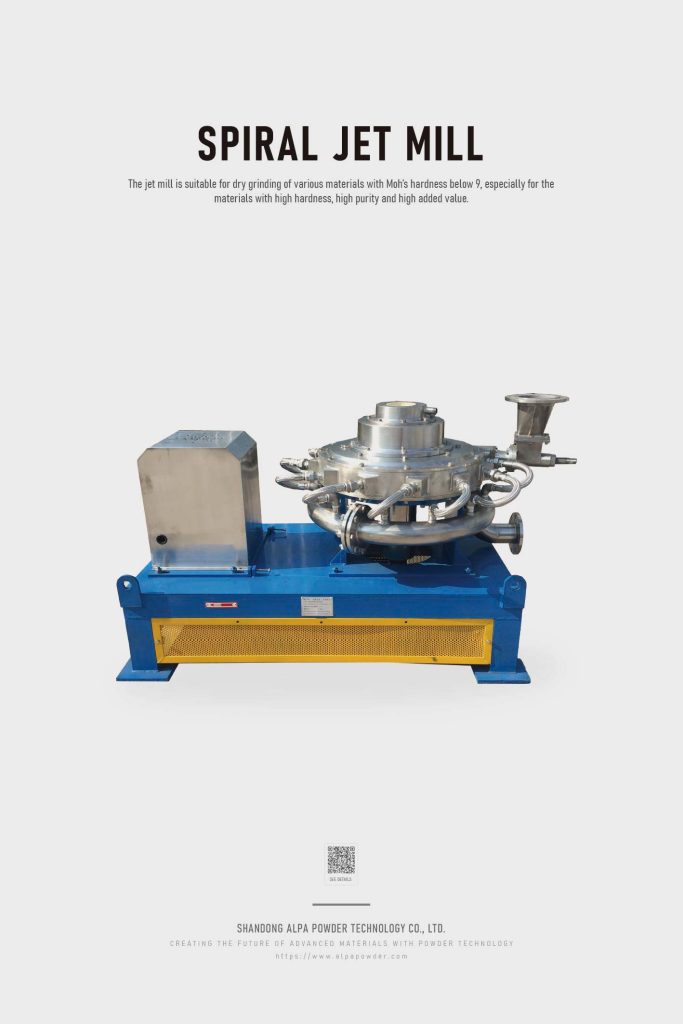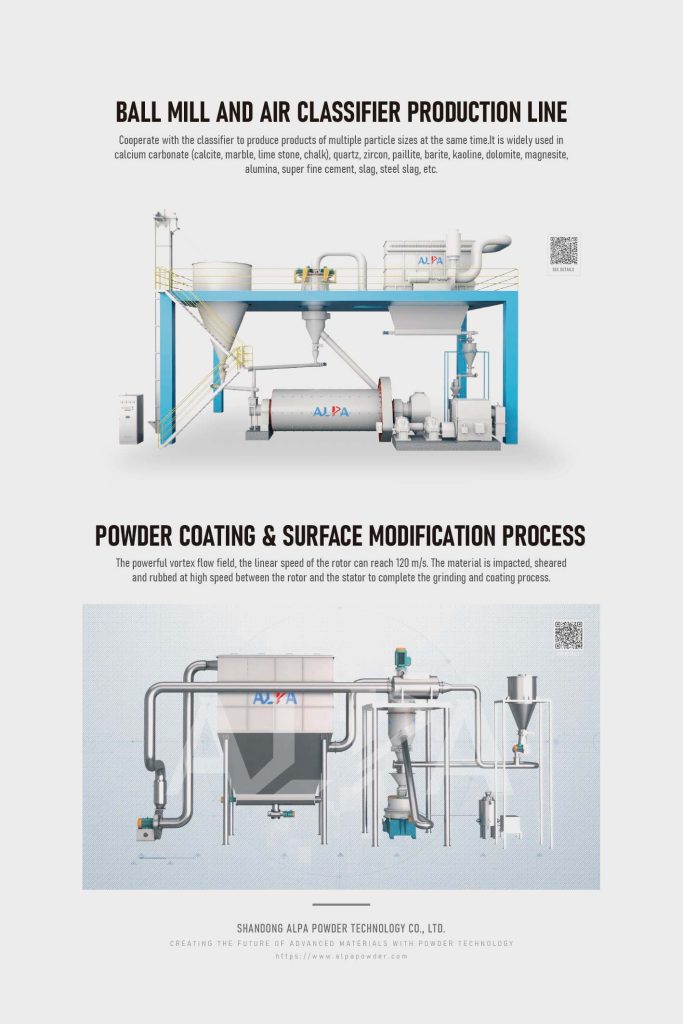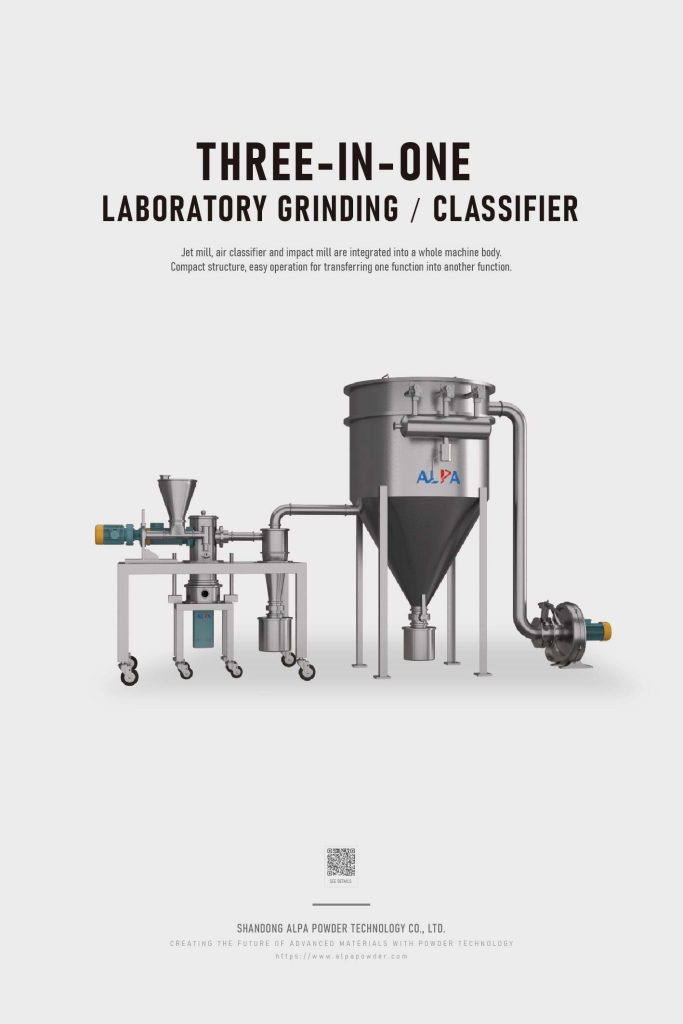In the field of thermal conductivity, the three best ceramic fillers are used!
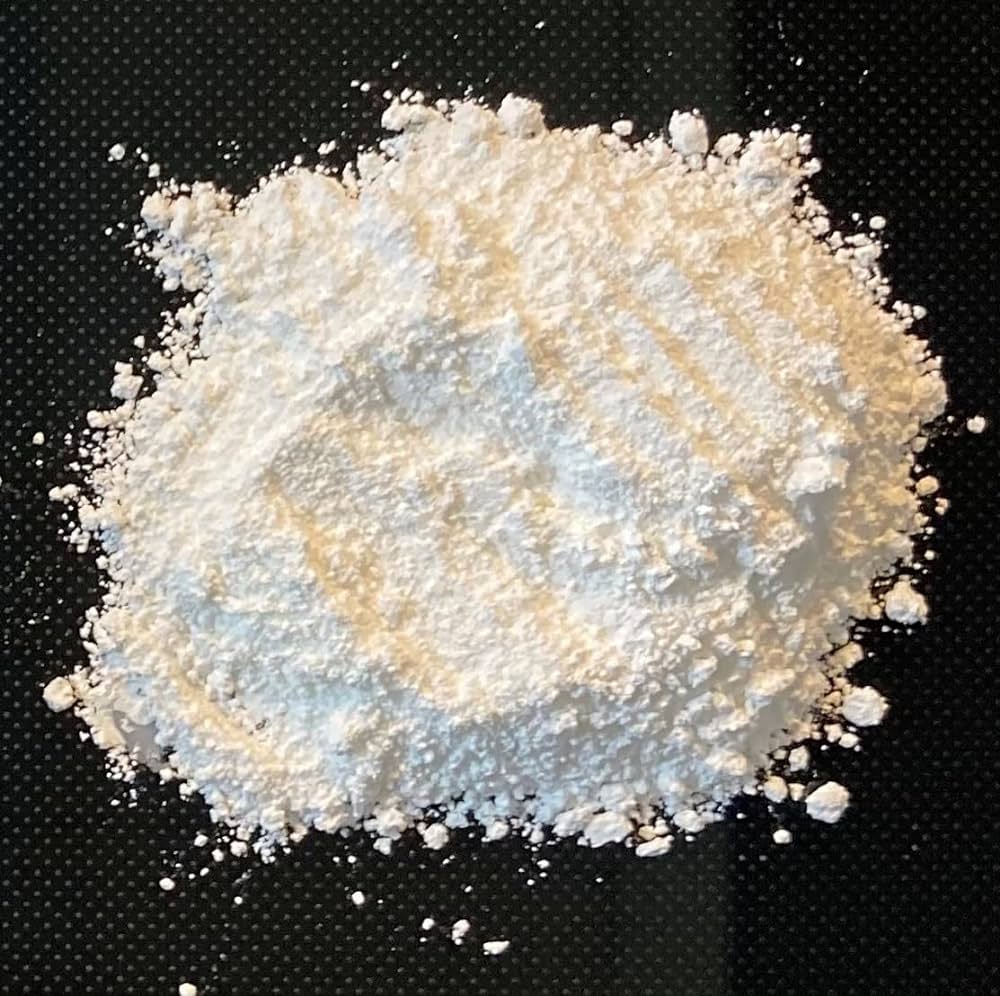
At present, most research on thermally conductive polymer composites focuses on the research of highly thermally conductive fillers. This is because the improvement of thermal conductivity of composite materials mainly relies on the role of thermally conductive fillers. The selection of fillers is crucial to the thermal conductivity of composite materials, so many researchers are committed to developing new high thermal conductivity fillers.
Although metal particles and carbon materials (such as graphene, single-wall/multi-wall carbon nanotubes, etc.) have high intrinsic thermal conductivity and are beneficial to improving the thermal conductivity of polymers, these fillers often change the thermal conductivity while changing the thermal conductivity. It also changes the electrical insulation properties of the polymer, resulting in extremely high electrical conductivity and high dielectric constant, which cannot be applied to polymer-based composite materials with high thermal conductivity and excellent insulation properties. Therefore, the insulation field is paying more attention to ceramic fillers with extremely high intrinsic thermal conductivity and good insulation properties. So far, ceramic fillers include alumina, aluminum nitride, boron nitride, magnesium oxide, silicon carbide, etc. Among them, alumina, aluminum nitride, and boron nitride are currently the main ceramic fillers.
Alumina
Alumina is often chosen as a filler due to its lower cost and higher resistivity. Although its intrinsic thermal conductivity is lower than other particles, it has still been widely studied and applied. Among them, spherical alumina has become the most commonly used ceramic filler due to its extremely high cost performance. It should be pointed out that, generally speaking, to achieve higher thermal conductivity, the addition amount of alumina is higher, and the improvement effect is limited.
Aluminum nitride (AlN)
Compared with other thermally conductive insulating fillers, aluminum nitride particles have high thermal conductivity (theoretical thermal conductivity is 320W·m-1 K-1), high resistivity (resistivity greater than 1014Ωm), low dielectric constant and It has been widely studied due to a series of excellent properties such as dielectric loss, low thermal expansion coefficient (4.4×10-6K-1, similar to silicon) and non-toxicity, and has become an ideal filler for thermally conductive composite materials.
Hexagonal boron nitride
Hexagonal boron nitride is currently the most popular ceramic filler, mainly because hexagonal boron nitride not only has a high thermal conductivity (theoretical thermal conductivity 600 W/m·K), but also has excellent electrical insulation properties. Hexagonal boron nitride (h-BN) has a multilayer hexagonal structure similar to graphite. Its structural difference from graphene is mainly that nitrogen atoms and boron atoms are alternately arranged. This structure of hexagonal boron nitride makes nitrogen The strong SP2 covalent bond between atoms and boron atoms gives boron nitride excellent thermal conductivity. In addition to its high thermal conductivity, boron nitride also has good thermal stability, strong mechanical properties, oxidation resistance and corrosion resistance.
CIBF 2024- ALPA in ChongQing International Battery Fair
The CIBF is a battery industry international regular fair, which is held biennially in China, and has become the largest battery fair in the world.
The 16th China International Battery Fair (CIBF2024), sponsored by China Chemical and Physical Power Supply Industry Association, will be held at Chongqing International Expo Center on April 27-29, 2024. The exhibition will closely grasp the development trend of the industry, aiming to inject new impetus to promote the progress of the battery and new energy industry, promote exchanges and cooperation between domestic and foreign enterprises and experts, and provide participants with in-depth industry insights.
We are looking forward to meeting you personally in ChongQing from April 27 to 29. At the China International Battery Fair (CIBF) you will find us at booth no. N3T049-2. At the booth ALPA will show you our solutions for lithium battery anode and cathode material processing scheme and equipment.
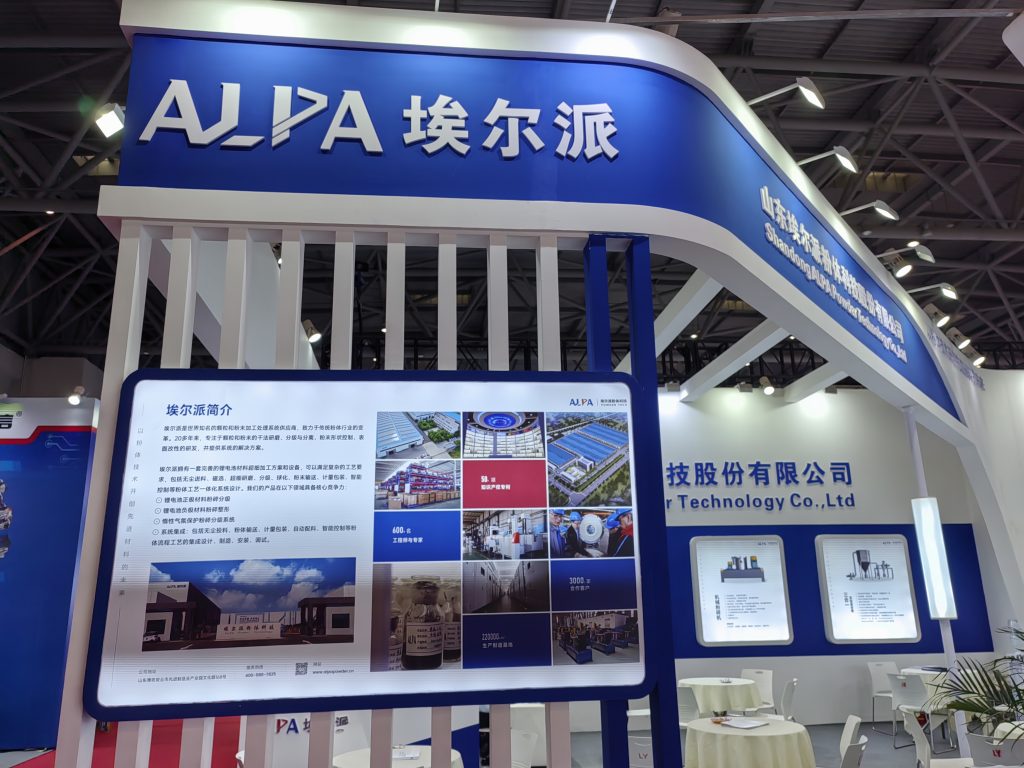
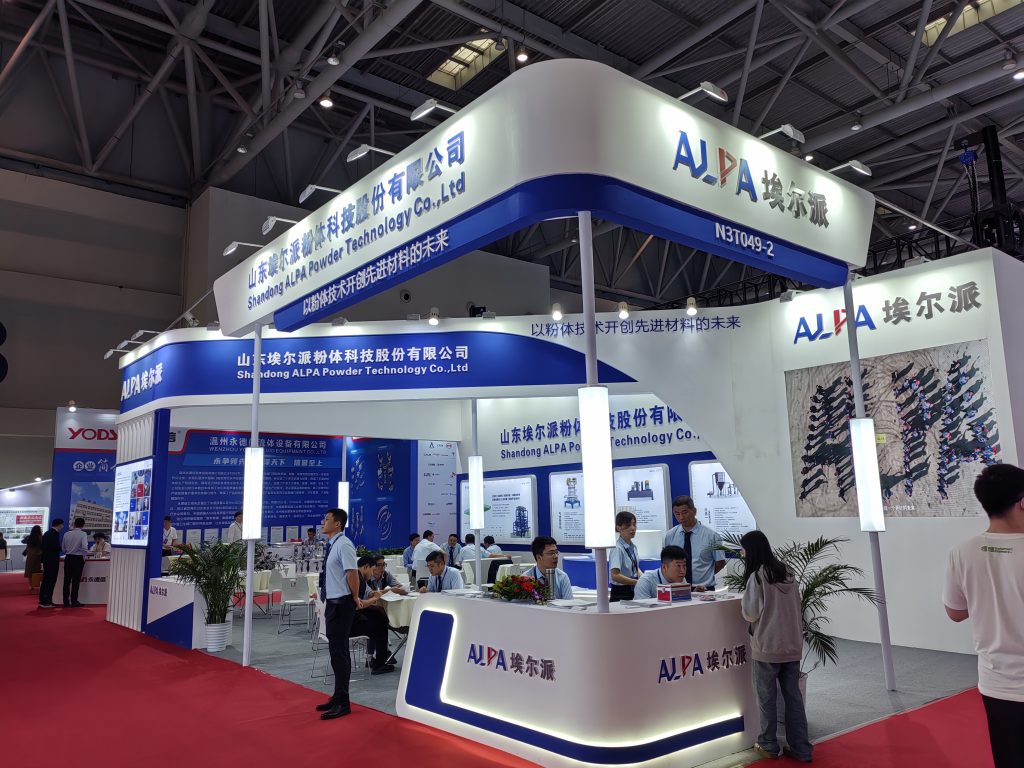
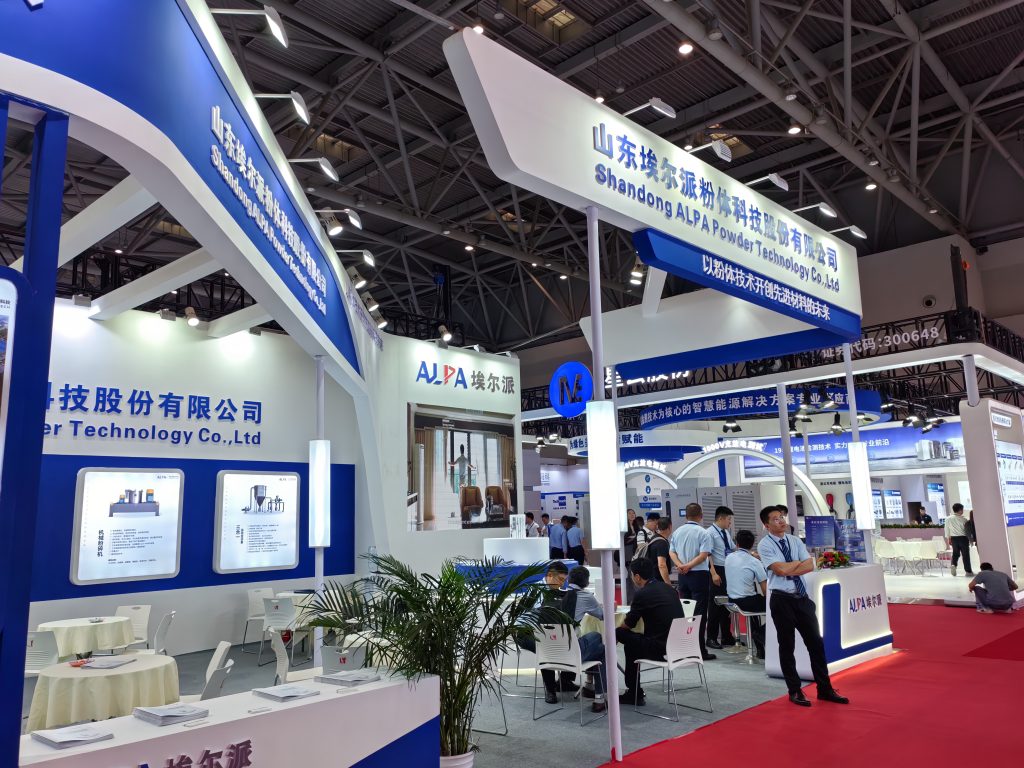
In addition to technical explanations, we also arranged a series of exciting exchange activities to communicate face-to-face with experts and leaders in the industry to discuss industry development trends and future opportunities. We look forward to your arrival to witness the power of technology and explore the boundaries of the future!
Inorganic flame retardant material - Magnesium Hydroxide
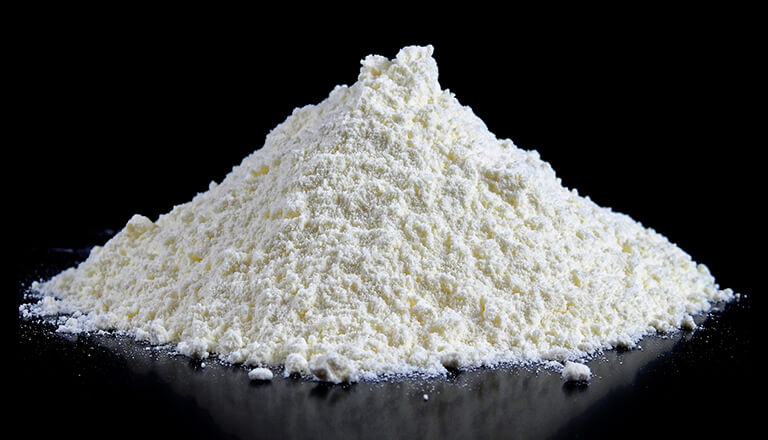
Magnesium hydroxide flame retardant has a high decomposition temperature (340°C ~ 450°C), and the thermal decomposition products are MgO and H2O. It does not release any toxic and harmful substances and does not cause any harm to the environment and human health. Therefore, magnesium hydroxide flame retardant has become One of the most popular inorganic flame retardants at present, it has broad application prospects.
Magnesium hydroxide has a special layered structure, which makes it exhibit excellent thixotropy and low surface energy, and plays a good role in flame retardancy and smoke elimination for plastics. Magnesium hydroxide begins to decompose into magnesium oxide and water when heated at 340°C. When it is completely decomposed, the temperature can reach as high as 490°C. It absorbs a large amount of heat energy during decomposition. The specific flame retardant mechanism is:
(1) Magnesium hydroxide has a large heat capacity, absorbs a large amount of heat when it is thermally decomposed, and releases a large amount of water vapor at the same time, which not only reduces the temperature of the material surface, but also reduces the generation of flammable small molecular substances.
(2) A large amount of water vapor generated by thermal decomposition can also cover the surface of the material, reducing the oxygen concentration in the air at the combustion surface, thus hindering the combustion of the material.
(3) Magnesium oxide generated by the thermal decomposition of magnesium hydroxide is a good refractory material. It can not only cover the surface of the material, but also promote the carbonization of the polymer material, forming a carbonized layer to block the entry of heat and air, thereby effectively preventing combustion.
(4) Magnesium hydroxide acts as a redox reaction catalyst and can promote the conversion of CO into CO2 during the combustion process; the magnesium oxide produced by decomposition can neutralize SO2, CO2 and NO2 produced during the combustion process, thereby reducing the release of toxic and harmful gases.
Preparation of magnesium hydroxide flame retardant
1. Physical crushing method
The physical crushing method is a method that uses mechanical or ultrasonic methods to crush and ultrafinely crush natural minerals (mostly brucite) to obtain magnesium hydroxide within the required particle size range. Although the physical grinding method is used to prepare magnesium hydroxide with a simple process and low cost, the prepared magnesium hydroxide has low purity and uneven particle size distribution. It usually requires the use of special grinding methods or the addition of grinding aids (or dispersants) during the grinding process. ) to obtain higher quality magnesium hydroxide. Therefore, its industrial application and development are greatly restricted.
2. Chemical Solid Phase Method
The preparation of magnesium hydroxide by the solid-phase method is a process in which solid metal salts and metal hydroxides are mixed in a certain ratio, ground and calcined, and a solid-phase reaction occurs to obtain the magnesium hydroxide product. This method has the characteristics of simple process and low cost, but it also has shortcomings such as low product purity, easy agglomeration, and poor dispersion performance, and is rarely used in actual large-scale industrial production.
3.Chemical vapor chromatography
The gas phase method for preparing magnesium hydroxide is to use ammonia gas as a precipitant, and directly pass ammonia gas into a solution containing Mg2+ to prepare magnesium hydroxide. Magnesium hydroxide is prepared by gas phase method, and its quality is affected by factors such as ammonia gas flow rate, stirring intensity and reaction temperature. In the process of preparing magnesium hydroxide flame retardant through the gas phase method, due to the stable ammonia concentration, the product has the advantages of high purity, uniform particle size and good dispersion performance; at the same time, no moisture is introduced during the introduction of ammonia gas, and the obtained hydrogen The concentration of magnesium oxide slurry is high, the production process requires a small area, and the unit equipment yield is high. However, it requires high equipment and technology, and it is also prone to the problem of ammonia diffusion and environmental pollution.
4.Chemical liquid chromatography method
The preparation of magnesium hydroxide by the liquid phase method uses magnesium salt as the main raw material, and reacts it with an alkaline substance containing hydroxide ions (OH-) to form a magnesium hydroxide precipitate, which is then washed and dried to obtain the product. Liquid phase methods can be divided into direct precipitation methods, solvothermal and hydrothermal methods, precipitation-azeotropic distillation methods, ultrasonic chemical methods and microwave-assisted methods.
What are the properties of ultrafine talc powder?
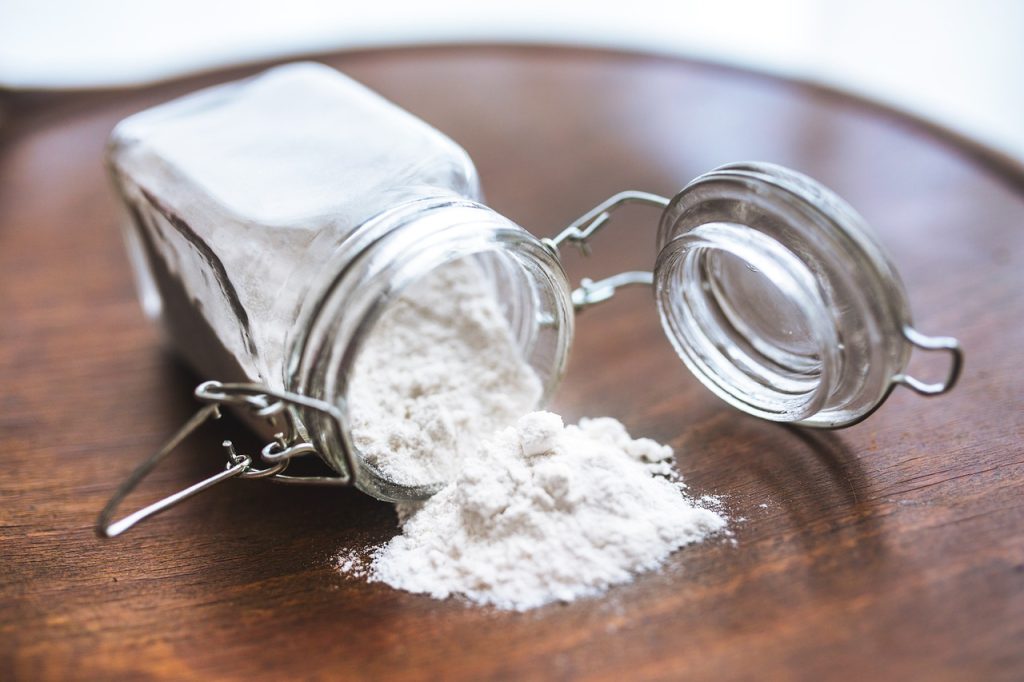
Ultra-fine talc powder is made from talc that has been carefully purified, crushed and dried. It is a white or off-white, fine, sand-free powder that feels smooth to the touch; odorless and tasteless; ultrafine talc powder has been widely used in many industries, mainly because of its above characteristics.
Adsorption: high oil absorption value, improves the printability of paper ink, reduces resin obstacles during paper operation, improves white water cleanliness, and is also a good waste paper deinking aid, which is beneficial to improving the organic additives in the wet end of the paper machine. Retention;
Lubricity: Improve paper adhesion and production operability, give paper good feel, softness and finish, and reduce the amount of coating lubricant.
Chemical stability: It is suitable for various papermaking sizing systems. Compared with fillers such as calcium carbonate and kaolin, it can save the amount of chemical additives added and give the paper a good sizing effect. It can be used with various pigments, latex, etc. in coating systems. The auxiliary additives have good compatibility, soft texture, low hardness, low abrasion, high crushing ratio, and relatively easy powder processing. They can reduce the wear of processing equipment, papermaking and printing equipment, and improve the paper finishing effect.
Hydrophobicity: Improve the water resistance of paper and reduce the hygroscopicity of the finished paper. The flake structure gives the coated paper good smoothness, gloss, roughness, hiding power and printability. It can replace water-selected kaolin for paper coatings. Ideal mineral.
See you Oct. 30- Nov.2 in Moscow Khimia'2023 international exhibition
See you in Moscow! Our Booth No. 21D55.
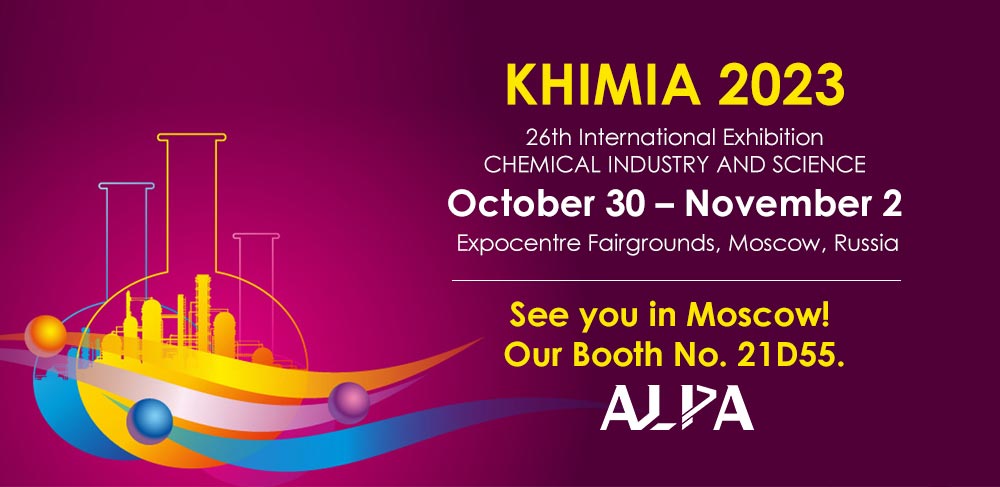
The 26th International Exhibition "Khimia 2023" will be held from 30 October to 2 november 2023 in Moscow.
The International Exhibition “Khimia” has been hold since 1965 in Moscow and it has become one of the most prestigious industrial exhibitions of the world.
The exhibition contributes to promotion of high-performance equipment and advanced technologies necessary for the production of competitive chemical products into the Russian market. It helps domestic producers to learn the demand on local and world markets in order to produce high demand products for all sectors of economic complex of the country.
POWTECH 2023 in Nuremberg
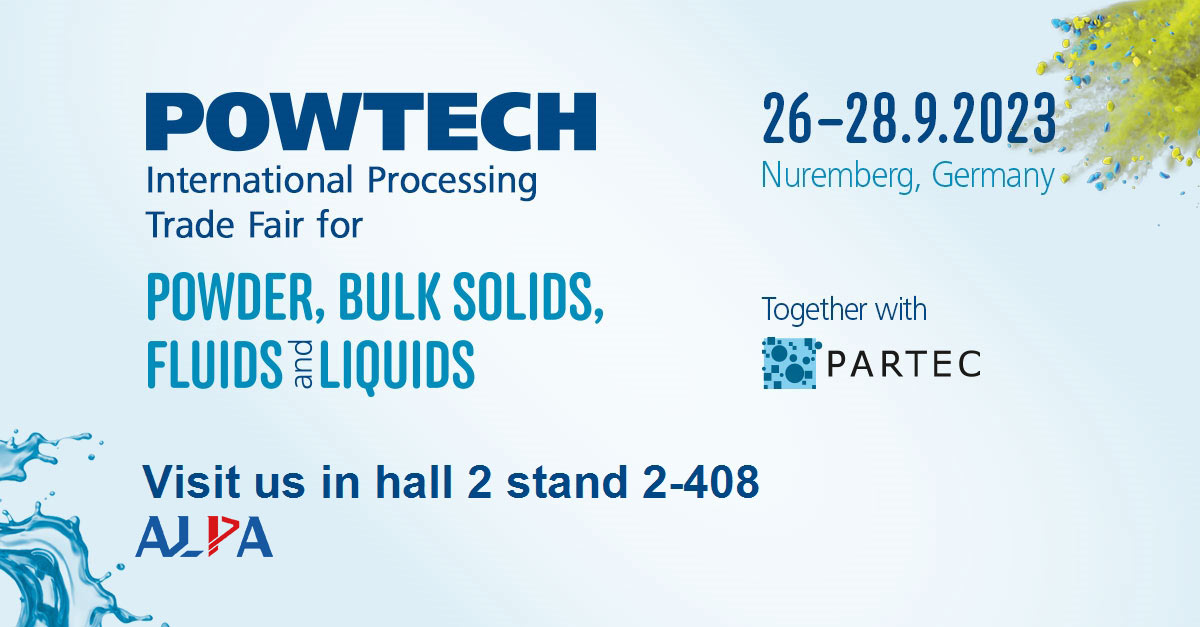
From 26 - 28 September 2023, the bulk solids and conveying technology industry will transform the Nuremberg exhibition halls into its key industry gathering. At POWTECH 2023, the leading trade fair for processing and bulk solids technology, experienced companies and innovative start-ups will present a wide range of technological solutions for the production and processing of powders, granules, bulk solids, fluids and liquids.
We are looking forward to meeting you September 26-28, 2023, in hall 2 at stand 2-408!
Inorganic and organic modified montmorillonite and its application in sewage treatment
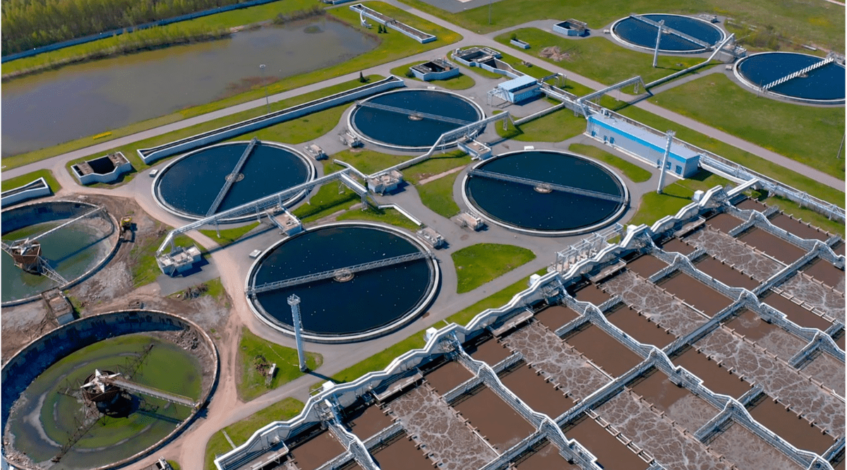
Although montmorillonite can use its own characteristics to remove pollutants in water, the hydrophilic inorganic ions between the layers of montmorillonite make the selective adsorption of organic pollutants in water poor.
At present, the adsorption capacity of montmorillonite for organic pollutants in water is mainly improved by means of acid modification, surface modification and inorganic pillar support. The surface of organic modified montmorillonite is hydrophobic, which is a good adsorption material for hydrophobic organic pollutants; pillared montmorillonite has good adsorption performance for inorganic pollutants.
However, wastewater often contains a variety of toxic and harmful substances. When a single modified montmorillonite is used to treat wastewater containing various pollutants, it has a problem of good adsorption performance for a certain substance, but poor adsorption performance for other toxic substances. It shows that the combination of various modification methods can effectively improve the removal ability of montmorillonite to water pollutants and enhance its reuse ability.
Inorganic salt modification is through ion exchange between montmorillonite (MMT) interlayer cations and one or more inorganic metal hydrated cations. The hydrated cations balance the negative charge on the silicon-oxygen tetrahedron and work with the interlayer solvent to make the montmorillonite. The soil removal and exfoliation disperse into a single wafer, which improves the adsorption capacity of MMT to pollutants in water.
However, the inorganic salt-modified montmorillonite only shows great affinity for oxygen-containing anions in water, and does not show a particularly strong adsorption capacity for phosphate ions, while the organic surfactant-modified montmorillonite can greatly The adsorption selectivity of montmorillonite to heavy metals is improved, but the pore structure of montmorillonite will be blocked, which will reduce the pore volume and specific surface area, which is not conducive to the adsorption of pollutants.
Therefore, researchers first used polymeric metal cations to intercalate montmorillonite, and then made pillared montmorillonite after calcination, and then used surfactant or silane coupling agent for secondary modification to prepare inorganic-organic composite modified montmorillonite. earth.
Inorganic-organic composite modification mainly uses surfactants or organosilanes as organic modifiers, and uses polymerized hydroxyl metal ions as inorganic pillaring agents. The obtained organic-inorganic composite modified montmorillonite contains both organic and inorganic types. The active group has both the mechanical framework and stabilizing effect of pillared montmorillonite, and the hydrophobic effect of organic montmorillonite. It has a large pore volume and specific surface area, and has good adsorption selectivity for heavy metal ions. Synergistic adsorption of organic pollutants can also be achieved.
The inorganic metal hydrated cations first exchange ions with the cations between the layers of the montmorillonite, so that the montmorillonite is exfoliated and dispersed, and then calcined to form an inorganic pillared montmorillonite with a large interlayer spacing, and the organic surfactant then enters the montmorillonite layer. Inorganic-organic modified montmorillonite was formed.
High-end application fields and market analysis of quartz glass
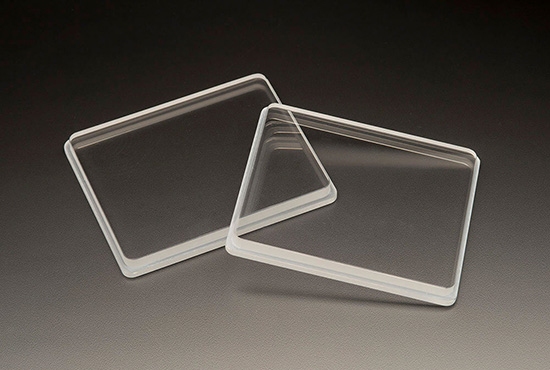
Quartz glass is known as the "crown" in glass materials. It is a kind of glass with SiO2 as a single component, which has super mechanical properties, thermal properties, optical properties and electrical properties. It plays an irreplaceable role in semiconductors, optical devices, optical communications, solar energy and other industries. High-purity quartz sand is currently the main raw material for smelting quartz glass instead of crystal ore.
Characteristics of quartz glass
(1) In terms of thermal properties, quartz glass has good resistance to high temperature deformation and thermal vibration. Its softening point (1665°C) is close to the melting point of platinum; the average linear expansion coefficient is very low (α=5.4×10-7/°C), which is only 1/10~1/20 of ordinary glass, that is, it is quickly put into high temperature. In cold water, it won't shatter.
(2) In terms of chemical properties, quartz glass is extremely inactive and is a good acid-resistant material (except for hydrofluoric acid), and does not react with acids even at high temperatures. It is especially suitable for high-temperature acid-resistant combustion, cooling devices, preparation and storage devices for acid chemicals, and various chemical experimental glassware.
(3) In terms of optical performance, it has good light transmittance for the entire spectrum.
(4) In terms of electrical applications, quartz glass is an excellent insulating material. The resistance value (1016Ωm) at room temperature is 100 times that of ordinary glass (1014Ωm), which is suitable for manufacturing high-frequency and high-voltage insulators with high temperature resistance.
Application fields of quartz glass
(1) Semiconductor: Quartz products are important semiconductor consumables and are used in the whole process of semiconductor processing. The silica in the quartz glass has high purity and stable chemical properties, and does not react with any acid except hydrofluoric acid and phosphoric acid. The requirements of cleaning and other containers are widely used in the semiconductor production process.
(2) Optical fiber: Silica glass material is the main consumable material in the production of optical fiber preform and optical fiber drawing. The refractive index of quartz glass is extremely low, the absorption coefficient is small and the light transmission band range is wide, and optical fiber, as a light transmission tool transmitted by the principle of total internal reflection, has extremely high requirements on the refractive index, so quartz glass is widely used in optical fiber manufacturing , the main products are preform, furnace tube, quartz tube and so on.
(3) Optics: Components composed of quartz glass are key components in optical instruments. Transparent quartz glass has good optical properties and low refractive index, and can meet any light transmission band in the range of 185-3500mμ, so it can be used as both an ultraviolet-transmitting material for optical instruments and an infrared-transmitting material.
(4) Photovoltaic: In the production and processing links in the photovoltaic field, quartz glass products are rigid consumables. Quartz crucible made of quartz glass is generally used as a container for molten polycrystalline silicon material due to its cleanliness, homogeneity and high temperature resistance. It is used for the subsequent process of pulling monocrystalline silicon rods/polycrystalline silicon ingots.
(5) Electric light source: In the field of electric light source, quartz glass electric light source products are widely used in household, medical, transportation, entertainment and other industries. Xenon lamps for automotive lighting, ultraviolet germicidal lamps for sanitation, and metal halide lamps for entertainment all use quartz glass as lighting fixtures.
(6) Military industry: In the aerospace field, quartz glass products are the core components of spacecraft and space shuttles. Quartz glass has low density, strong compressive ability and good optical performance, which meets the requirements of space window materials for filtering ultraviolet radiation and radiation resistance, and avoids the formation of "color centers" under the irradiation of high-energy rays. It is widely used in satellites and spacecraft.
Toz yüzey modifikasyonunun üç tipik süreci ve uygulanabilir nesneleri
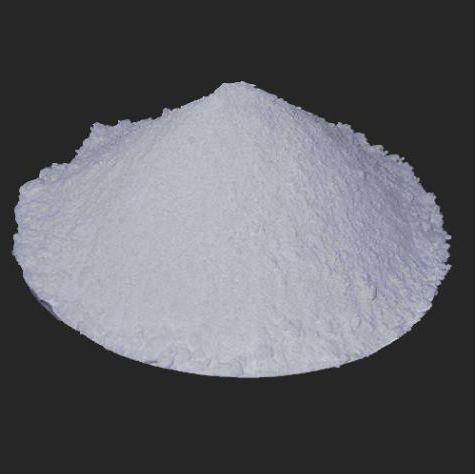
Yüzey modifikasyon işlemi, yüzey modifikasyon yöntemine, ekipmana ve toz hazırlama yöntemine göre değişiklik gösterir. Şu anda endüstride uygulanan yüzey modifikasyon işlemleri temel olarak üç kategoriden oluşmaktadır: kuru işlem, ıslak işlem ve kompozit işlem.
Kuru Proses
Bu, en yaygın olarak kullanılan metalik olmayan mineral toz yüzey modifikasyon işlemidir. Şu anda, çoğunlukla öğütülmüş kalsiyum karbonat ve hafif kalsiyum karbonat, kaolin ve kalsine kaolin, talk, volastonit, silika tozu, cam boncuklar, alüminyum hidroksit ve hafif magnezyum oksit, kil, seramik pigmentler vb. gibi metalik olmayan mineral dolgu maddeleri ve pigmentler için. kuru yüzey modifikasyon işlemini kullanarak. Bunun nedeni basit kuru işlem, esnek çalışma, daha az yatırım ve değiştiricilerin iyi uygulanabilirliğidir.
ıslak süreç
Kuru işlemle karşılaştırıldığında, yüzey değiştiricinin iyi dağılması ve düzgün yüzey kaplaması özelliklerine sahiptir, ancak daha sonra dehidrasyon (filtreleme ve kurutma) işlemlerini gerektirir. Genellikle suda çözünür veya hidrolize edilebilir organik yüzey değiştiriciler ve ön aşamanın ıslak öğütme (ıslak mekanik ince öğütme ve kimyasal öğütme dahil) olduğu ve ikinci aşamanın hafif kalsiyum karbonat (özellikle Yüzey modifikasyonu gibi) kurutulması gereken uygulamalar için kullanılır. nano-kalsiyum karbonat), ıslak ince öğütülmüş ağır kalsiyum karbonat, ultra-ince alüminyum hidroksit ve magnezyum hidroksit, ultra-ince silika, vb., bunun nedeni kimyasal reaksiyondan sonra üretilen bulamacın ıslak olmamasıdır. Yöntemin yüzey modifikasyonu ayrıca filtrelenmesi ve kurutulması gerekir ve yüzey modifikasyonu, filtreleme ve kurutmadan önce gerçekleştirilir, bu da malzemenin kuruduktan sonra sert aglomerasyon oluşturmasını önleyebilir ve dağılabilirliğini artırabilir.
İnorganik çökeltme kaplama modifikasyonu aynı zamanda bir ıslak modifikasyon prosesidir. Kağıt hamuru haline getirme, hidroliz, çökeltme reaksiyonu ve ardından yıkama, dehidrasyon, kalsinasyon veya kavurma gibi işlemleri veya işlemleri içerir.
Kompozit Proses
Mekanokimyasal/kimyasal kaplama bileşiği modifikasyon süreci
Mekanik kuvvet veya ince öğütme ve ultra ince öğütme sürecinde yüzey değiştiricileri ekleme ve tozun parçacık boyutunu azaltırken parçacıkların yüzeyini kimyasal olarak kaplama işlemi. Bu kompozit yüzey modifikasyon prosesinin özelliği, prosesi basitleştirebilmesi ve bazı yüzey değiştiricilerin ayrıca belirli bir derecede öğütme yardımcısı içermesidir, bu da pulverizasyon verimliliğini belirli bir dereceye kadar iyileştirebilir.
Dezavantajı, sıcaklığın kontrol edilmesinin kolay olmamasıdır; ek olarak, modifikasyon işlemi sırasında partiküller sürekli olarak ezildiğinden, yeni yüzeyler üretilir ve partikül kaplamasının üniform olması zordur. Yüzey değiştiricinin ekleme yöntemi, düzgün kaplama ve yüksek sağlamak için tasarlanmalıdır Ek olarak, kırma ekipmanının ısı dağılımı iyi değilse, güçlü mekanik kuvvetin etkisi sırasında yerel aşırı sıcaklık artışı, yüzey değiştiricinin bir kısmını bozabilir. veya moleküler yapıyı yok eder.
İnorganik çökeltme reaksiyonu/kimyasal kaplama kompozit modifikasyon işlemi
Çökeltme reaksiyonu modifikasyonundan sonra, esasen bir inorganik/organik kompozit modifikasyon işlemi olan yüzey kimyasal kaplama modifikasyonu gerçekleştirilir. Bu kompozit modifikasyon işlemi, kompozit titanyum dioksitin yüzey modifikasyonunda yaygın olarak kullanılmaktadır, yani SiO2 veya Al2O3 filminin çökeltilmesi ve kaplanması temelinde, TiO2/SiO2 veya Al2O3 titanat, silan ve diğer organik yüzey değiştiriciler ile işlenir. Kompozit parçacıkların yüzeyi organik kaplama ile değiştirilir.
Fiziksel kaplama/kimyasal kaplama kompozit modifikasyon işlemi
Metal kaplama veya kaplama gibi parçacıkların fiziksel olarak kaplanmasından sonra yüzeyin organik kimyasal modifikasyonu işlemi.

